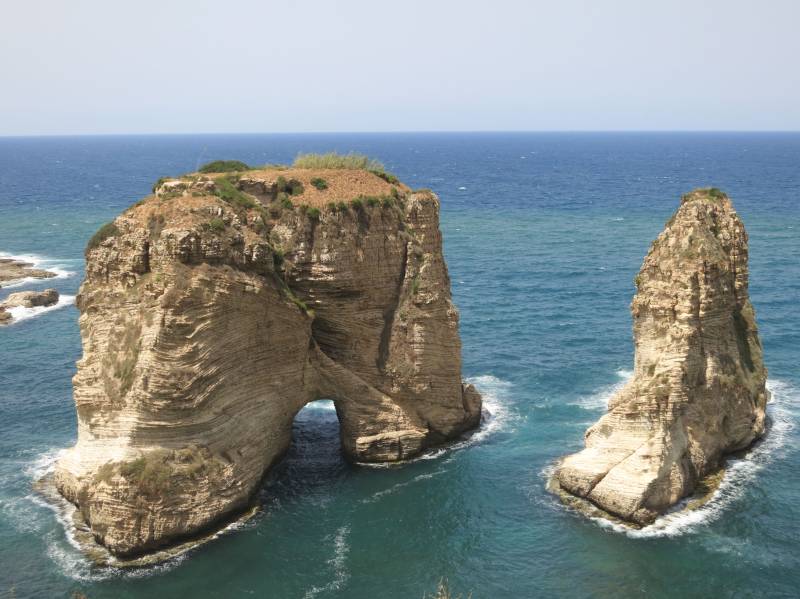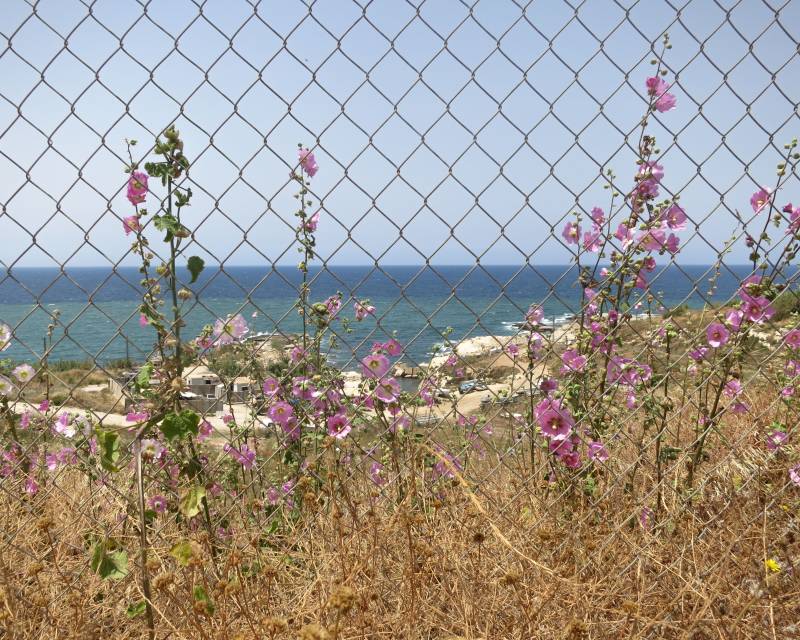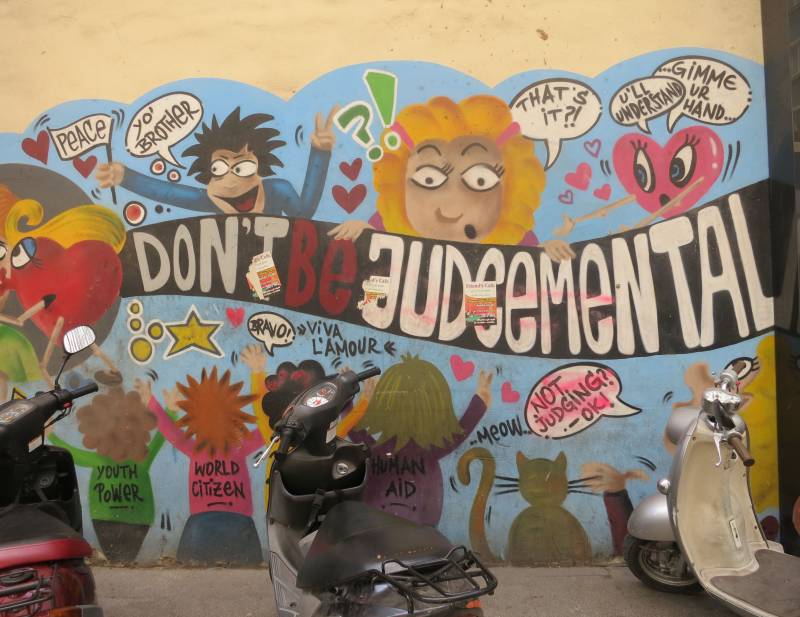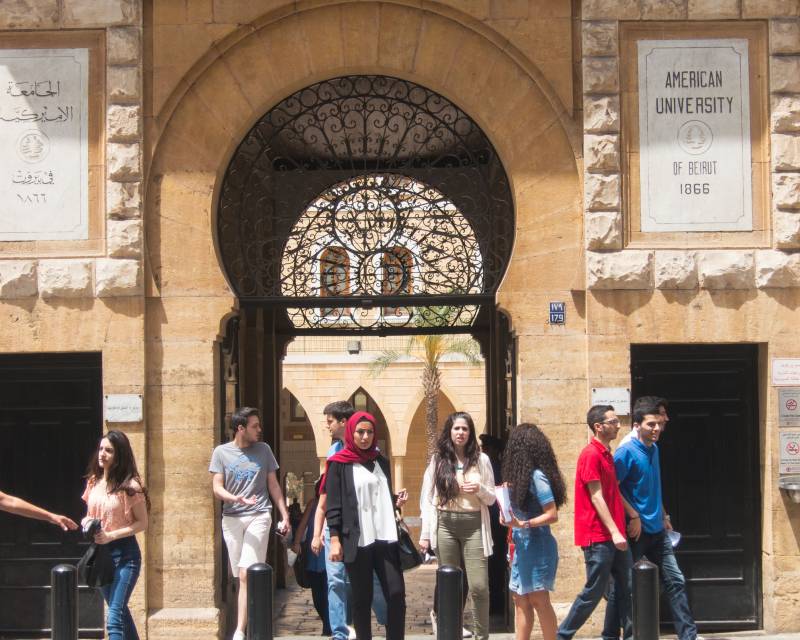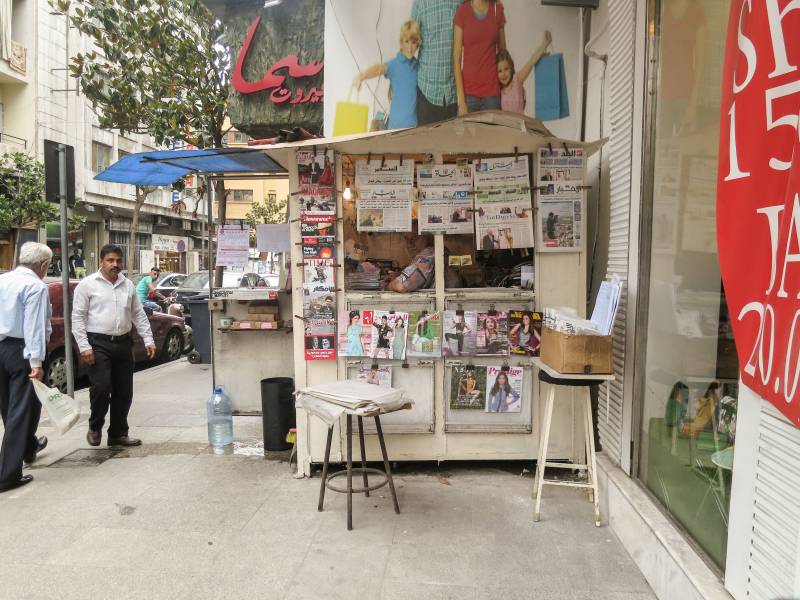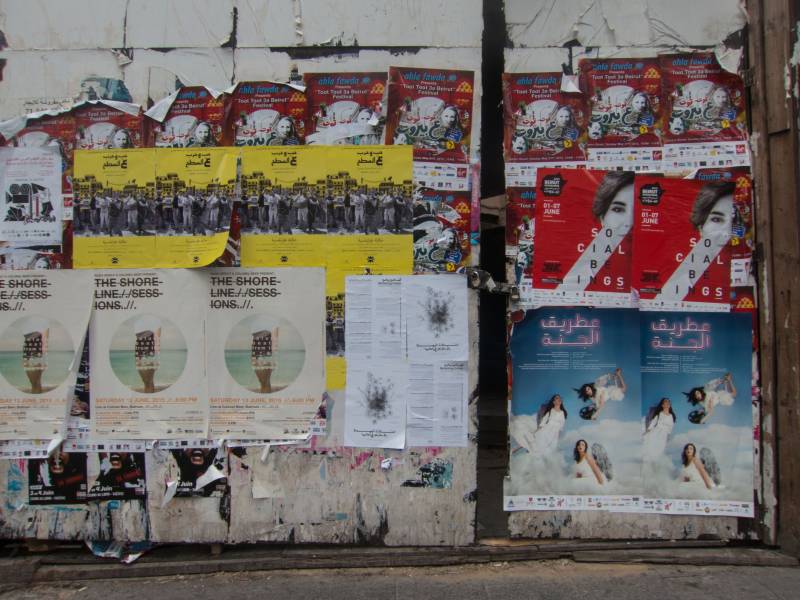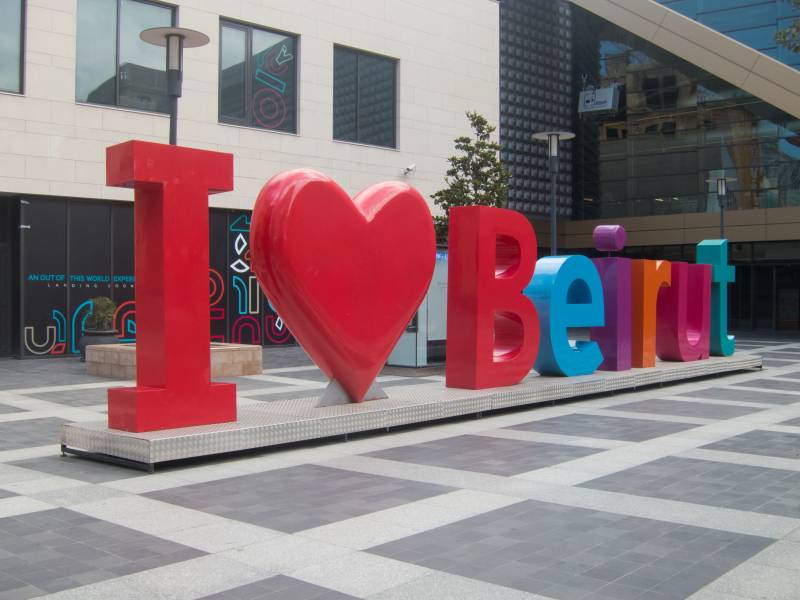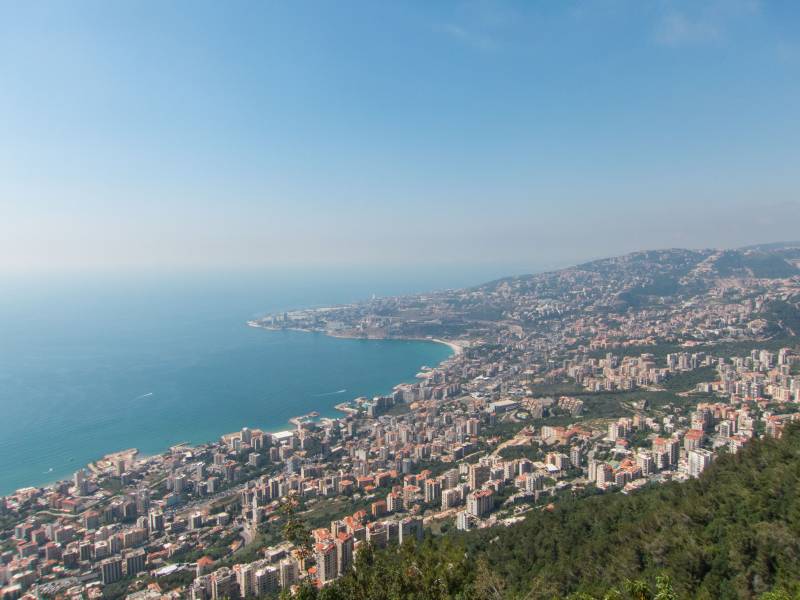At the beginning of this month, I get on a plane to take me to Beirut, Lebanon. My flight takes off from Jeddah, Saudi Arabia – which is always amusing as one gets to witness the impact of geographical and political boundaries in as blatant a way as possible. As soon as the seat belt signs go off and the smells of a Saudi version of biryani fill the cabin, all the enforced coverings of women- abayas- come off. A Moroccan woman seated next to me, tells me to do the same.
“Habibi, you don’t go to Beirut in an abaya,” she says as she retouches her already made-up face. I don’t know how many more layers of mascara her eyelashes can handle but as I find out later – fashion and showing off beauty in general is pretty important in Lebanon. An airhostess on days off, she asks if I am going to see my boyfriend in Beirut and I realize it isn’t just us desis who ask private questions without any hesitation. She has no idea about Pakistan and as is unfortunately usually the case, only knows Bollywood to be the closest thing to our culture. Towards the end of the flight, she scribbles her details on a piece of paper and tells me that she knows the best parties in Beirut in case I want to go. As the plane begins to land, I am certain that the pilot forgot to tell us we are landing on water because that’s what it looks like. Walking out of the plane towards the terminal, I am stunned by the spectacular view of the city through the glass. A jet bridge has been painted with the sign ‘welcome to Lebanon.’
Beirut, which literally means spring or well in Arabic – is the largest and capital city of Lebanon. The city, at an initial glance, looks like it is built on multiple planes similar to a miniature painting. There are red rooftops of houses scattered across the mountains in the distance, minarets of mosques, glassy exteriors of modern buildings and the magical, beautiful coastline.
I spend my first night in, admiring the city’s view from the rooftop of the flat where I’m staying with my family friends. Being very close to the sea, I can see the lights from the downtown’s hotels and buildings flickering across on the sea’s waves in the distance, people smoking sheeshas on their terraces, green lights illuminating from a mosque in the neighbourhood. The next morning, I begin my day by heading to the corniche in the Raouché district to see Beirut’s famous pigeon rocks – Lebanon’s iconic symbol. The natural rock formations standing against the clear blue of the Mediterranean are Beirut’s most famous visual found on every tourist brochure.
One of the most fun things to do in any new city is to just walk around without a plan, to absorb the city’s culture, fashion and architecture, to witness the dailiness of life unfold as people get to work, open shops, take cigarette breaks and get annoyed by tourists stopping everywhere to take photographs. Sammy, our Lebanese connection and chauffer, takes us to Hamra street so that I can check ‘walking in the city’ off my list. Lined with multiple restaurants, coffee shops and bars, shops and tattoo parlours, the street showcases Beirut’s love for fashion and its diverse and multi-layered culture. The walls in Hamra are covered with posters selling concert tickets, protesting the fencing off of Dalieh – the sea area next to the pigeon rocks previously open to public, calling for auditions and more. There is graffiti on the walls in English, French and Arabic. I particularly enjoyed this one for I thought we could definitely do with something like this in Karachi. Not far from Hamra is the famous American University of Beirut – one of the best-known facilities of higher learning in the Middle East. We get inside fairly easily without any ids and walk around the sprawling campus – constructed on a hill with the Mediterranean on one side and Bliss Street on the other.
Although Beirut’s history goes back thousands of years with evidence of settlements dating back to the stone-age, followed by multiple conquests and rulers – the Mamluks, Crusaders, Ottomans and eventually the French who colonized it - the most prominent memory of Lebanon’s recent history has been its brutal civil war fought between the country’s Christians and Muslims for over a decade. A few buildings in the Hamra neighbourhood still bear witness to the war with bullet holes in them. The tallest structure and most reminiscent of the war, however, is the old Holiday Inn tower ridden with bullet holes and off limits to the public.
Looking at the city in its present state, it is hard to imagine it was a war-zone a couple of decades ago. But not all the new development has been positively received. The newly refurbished downtown area with neatly paved walkways and designer labels, although beautifully done, seems empty and lifeless. I walk around with Sarah, my hostess and friend in Beirut, in what is mostly a deserted space full of antique looking buildings facilitated with escalators and high-end shops. What I do love is a typographic sculpture in the middle of the downtown area with bright, colourful letters saying ‘I love Beirut’ which is part of a Dutch design exhibition.
In pre-war times, the area now known as Beirut souks, used to be full of hustle bustle with people buying fruit and vegetables, listening to street musicians and watching theatre. Today, it is more like an open-air mall lined with up-scale boutiques and coffee shops rather than a traditional souk. Solidere, a government affiliated company, is accredited with this glitzy redevelopment of the city. A slightly more successful attempt at the refurbishing of public space – albeit at the cost of what a lot of locals believe is ridding the city of its soul and energy– is the development of Zaitounay Bay, along the water front in downtown Beirut. As I walk around taking pictures, I see women pushing prams, teenage couples holding hands, families getting together over food and coffee. Maybe because I am not a local and unaware of what has been lost, I don’t mind it as much.
Making use of the next full day, we drive a few miles out of the city to see Lebanon’s famous limestone caves known as the Jeita Grotto. Having almost made it to the list of the seven Wonders of the World, the caves are truly fascinating – the action of water with the limestone has resulted, over the centuries, in formations/crystalized sculptures and vaults of varying shapes and sizes. I walk inside the caves and marvel at these natural works of art. In the lower grotto, we get inside a small boat that takes us around the cave. Having had our fill of the serenity of the caves, we head towards Byblos. Located about 30 km from Beirut, it is believed to be one of the oldest inhabited cities and bears witness to thousands of years of history. It was a major centre of the Phoenician civilization and is a declared UNESCO world heritage site today. The ruins overlook the beautiful waters of the Mediterranean. Clearly flourishing as a tourist destination, Byblos has gorgeous beaches, open-air cafes, bars and souvenir shops that seem to be selling things that don’t look Lebanese at all.
I spend the last day of my trip in the city, walking around the beach and Hamra. Sarah locates a typical Lebanese restaurant upon my request for the last supper. Located in the Muslim neighbourhood of Ashrafiyeh, it is a nicely done up restaurant with tables on the terrace as well as an indoor dining space. The only thing I can pronounce correctly on the menu is hummus. We order by guesswork and end up with an interesting variety of lamb and chicken followed by desserts one of which looks like a less evolved version of our kheer (with due respect to Lebanese cuisine, nothing beats Kheer); the other is ice cream with lots of cotton candy. (I had a hard time eating this.)
The morning after, Sarah and I go to have breakfast by the sea. It’s called the Bay rock café as it overlooks the pigeon rocks. The coffee is just okay but the view and breeze make up for it. I leave feeling incredibly sad, as is usually the case when a vacation is coming to an end. But knowing that my stay was brief and perhaps my experience of the city slightly surface-level, I know I’ll be going back.

